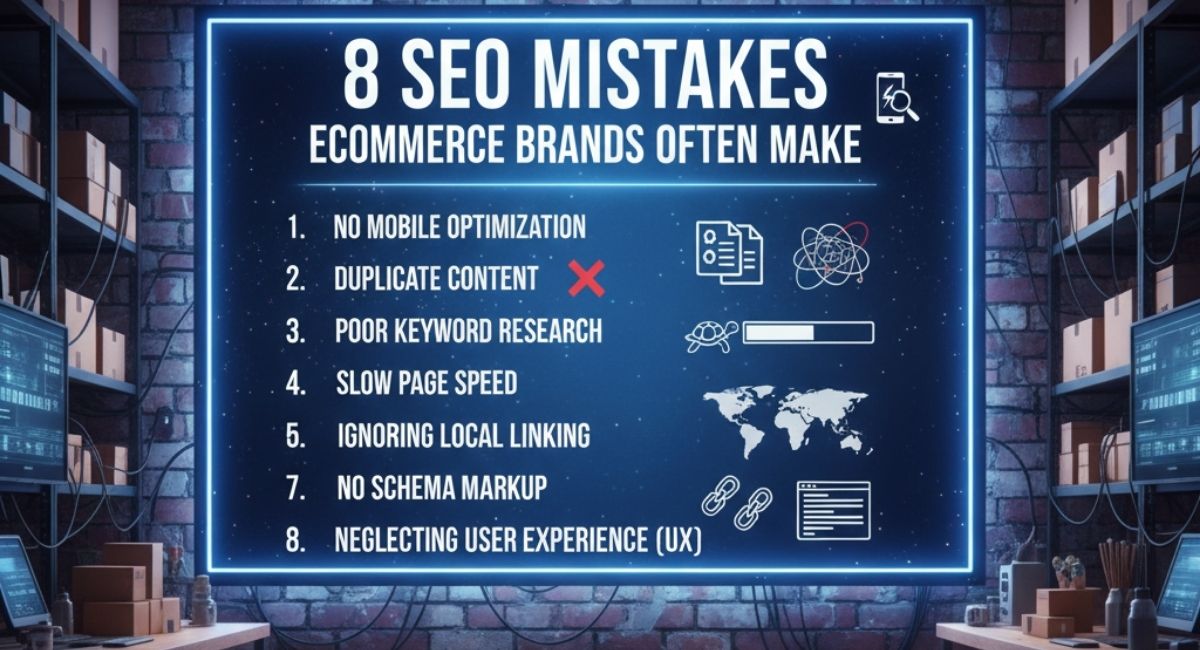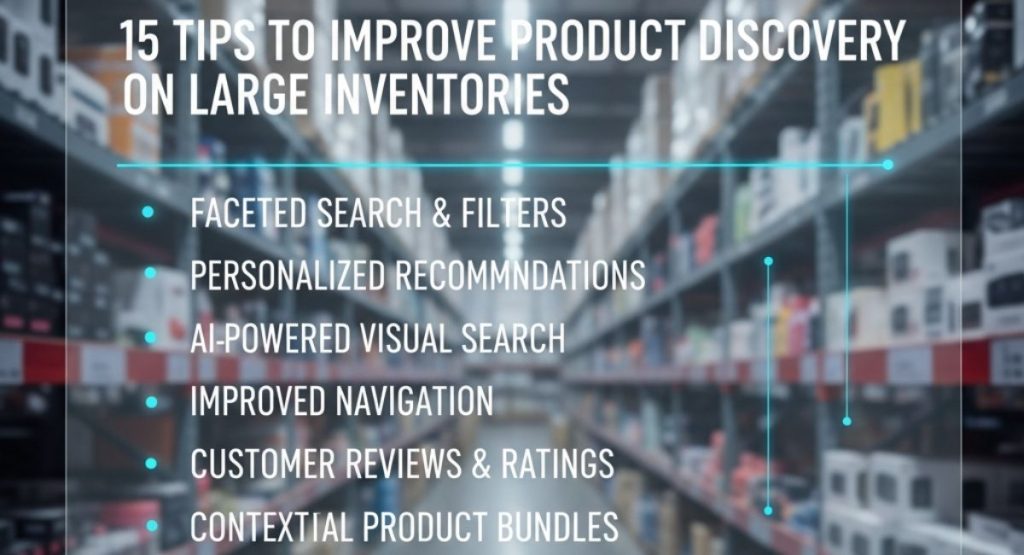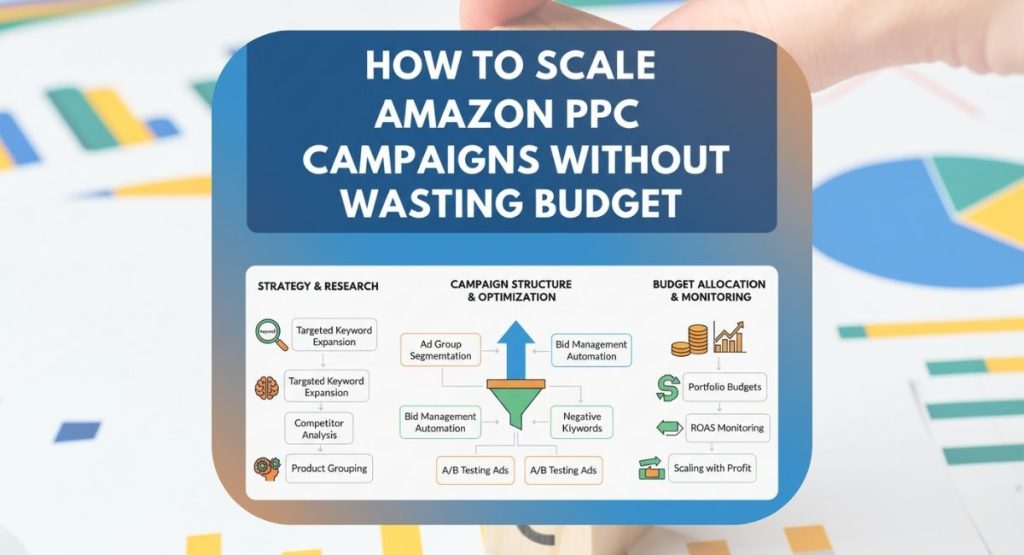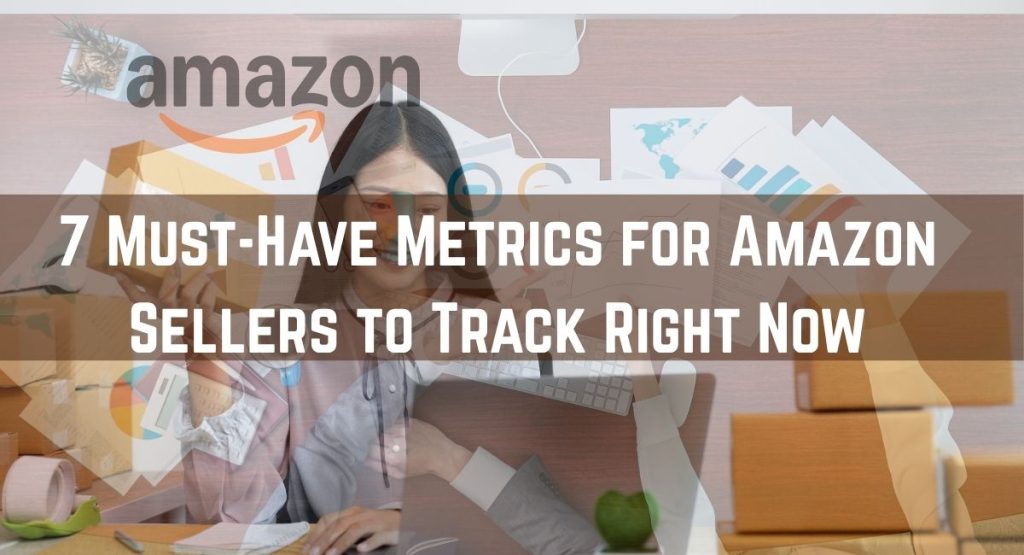Search visibility can make or break an eCommerce business. A store that doesn’t appear on the first page of search results might as well be invisible to potential buyers. Many online retailers invest heavily in ads but neglect the organic foundation that keeps traffic consistent: SEO. While eCommerce SEO may seem straightforward, there are hidden traps that can quietly hurt rankings, crawlability, and conversions.
In this guide, we’ll explore eight common eCommerce SEO mistakes, how to identify them, and what to do instead. Each section includes actionable solutions drawn from real-world results, plus a practical table to help you apply these lessons efficiently.
For businesses ready to combine better optimization with high-performance design, Our eCommerce web development services show how custom technical setups and clean architecture can align SEO goals with long-term brand growth.
1. Ignoring Technical SEO Foundations
Many eCommerce stores start strong visually but overlook technical SEO elements that power site performance. Technical issues prevent search engines from crawling pages effectively, especially on large sites with hundreds or thousands of product URLs.
Common Technical Issues:
- Unoptimized robots.txt or sitemap.xml files
- Non-indexable product pages
- Duplicate URLs with tracking parameters
- Slow-loading category or product pages
When these errors pile up, search engines lose trust in the site’s architecture, leading to wasted crawl budget and poor ranking signals.
How to Fix It:
- Run a detailed SEO audit to detect crawl errors, redirects, and blocked pages. You can use platforms like Screaming Frog or Google Search Console.
- Prioritize core web vitals—improve load times, interactivity, and visual stability. Speed optimization services can make a noticeable impact on conversions.
- Clean your site architecture. Every product should be reachable within three clicks from the homepage.
- Use canonical tags to guide Google toward preferred versions of pages.
| Technical Element | Common Error | Recommended Fix |
| Sitemap.xml | Missing or outdated | Generate automatically and update weekly |
| Robots.txt | Blocking key pages | Review rules to ensure product and category pages are crawlable |
| Canonicals | Not implemented | Add self-referencing canonicals |
| Page Speed | Over 3 seconds load time | Compress images, use CDN, optimize scripts |
2. Duplicate Content Issues
Duplicate content might seem harmless, but for eCommerce it’s one of the most damaging SEO mistakes. Product variations, filters, and pagination can easily produce dozens of identical or near-identical URLs. Search engines may struggle to determine which version to rank, diluting link equity across duplicates.
Why It Happens
- Using identical product descriptions provided by manufacturers
- Sorting or filter URLs creating multiple versions of the same category
- Copying content across similar pages to save time
How to Fix It:
- Write original product descriptions. Avoid manufacturer copy. Consider using professional product description writing services to create unique, keyword-rich content.
- Apply canonical tags to signal the preferred version of each page.
- Implement URL parameters properly in Google Search Console.
- Create SEO-friendly filters. Instead of generating new URLs for each filter, use AJAX-based filtering or block unnecessary parameters.
Pro Tip: Consolidate thin pages with little unique content into robust category hubs. This approach improves keyword relevance and internal linking power.
3. Missing or Poorly Optimized Alt Tags
Alt tags are often overlooked, yet they’re vital for both accessibility and SEO. For eCommerce, product images drive conversions, but without descriptive alt text, those visuals can’t help you rank in image searches.
Why Alt Tags Matter:
- Search engines can’t interpret images without alt text.
- They enhance accessibility for visually impaired users.
- They improve contextual relevance for product keywords.
Common Mistakes:
- Using generic text like “image1.jpg” or “product photo.”
- Leaving alt tags blank.
- Overstuffing keywords unnaturally.
Best Practices for Alt Tags:
- Describe the product naturally: “women’s blue leather handbag with silver buckle.”
- Include target keywords only when relevant.
- Avoid repeating the same alt text on multiple images.
| Example | Bad Alt Tag | Good Alt Tag |
| Product Image | “shoes” | “men’s running shoes black mesh lightweight design” |
| Lifestyle Image | “image1.jpg” | “model wearing white cotton t-shirt casual fit” |
Optimizing alt tags at scale might seem tedious, but automation tools or CMS plugins can simplify it. Brands using Shopify web development solutions can also leverage apps to bulk-edit image metadata efficiently.
4. Poor Internal Linking
Internal linking helps distribute authority and direct users toward related content. Yet many eCommerce sites neglect this step, isolating product pages deep within the architecture. This results in low indexation and missed conversion opportunities.
Symptoms of Poor Internal Linking:
- Orphaned product pages (no links from other parts of the site)
- Deep navigation layers requiring multiple clicks to reach a product
- Irrelevant or repetitive anchor text
How to Fix It:
- Add contextual links from category pages to related products.
- Create blog posts that reference product pages naturally.
- Use keyword-rich anchors sparingly and naturally. For example, link “AI-driven keyword research” to informative guides like AI-driven keyword research hacks.
- Review your navigation menus regularly to maintain logical flow.
| Internal Linking Strategy | Benefit |
| Contextual links within blogs | Pass authority to product pages |
| Cross-link related categories | Boost crawl efficiency |
| Add breadcrumbs | Improve UX and hierarchy |
| Link from top-selling to new items | Share ranking power |
Internal linking not only supports SEO but also improves user experience by guiding visitors to relevant items. Combined with a clean category structure, it builds topical authority across your entire domain.
5. Slow Site Speed and Poor Mobile Performance
Modern shoppers expect instant page loads. Even a one-second delay can reduce conversions by up to 7%. Unfortunately, many eCommerce sites overload their pages with large images, pop-ups, or unnecessary scripts that slow down performance.
Key Causes:
- Heavy, unoptimized product images
- Too many plugins or third-party integrations
- Outdated hosting infrastructure
- Render-blocking JavaScript
How to Improve Site Speed:
- Compress images and lazy load non-visible media.
- Use a content delivery network (CDN).
- Leverage caching to serve frequently accessed resources faster.
- Minify code and remove unused plugins.
- Consider a full technical review through website management services to maintain consistent speed over time.
| Speed Metric | Ideal Benchmark | Tools to Measure |
| LCP (Largest Contentful Paint) | Under 2.5s | Google PageSpeed Insights |
| FID (First Input Delay) | Under 100ms | Lighthouse |
| CLS (Cumulative Layout Shift) | Under 0.1 | GTmetrix |
Mobile optimization deserves equal attention. Ensure your layout adapts smoothly across devices, checkout forms are easy to complete, and call-to-action buttons remain visible without zooming.
6. Overlooking Structured Data
Structured data, also known as schema markup, helps search engines understand your content contextually. For eCommerce stores, product schema enables rich snippets, reviews, pricing, and stock status in search results, directly influencing click-through rates.
Mistakes to Avoid:
- Missing product or review schema
- Incorrect markup syntax
- Applying organization schema incorrectly on product pages
Fix:
- Implement schema for product details, ratings, FAQs, and breadcrumbs.
- Test your markup using Google’s Rich Results Test.
- Keep schema updated whenever product availability or prices change.
Adding structured data is not just about ranking; it enhances presentation. A product listing that displays “In stock” or “4.8 ★ reviews” attracts more clicks compared to plain blue links.
7. Neglecting Content and Blog Strategy
Some brands believe eCommerce SEO ends at optimizing product pages. However, a well-planned content strategy supports long-tail keywords, builds authority, and strengthens the buyer journey.
Common Mistakes:
- Ignoring informational intent keywords
- Focusing only on transactional pages
- Publishing thin or irrelevant posts
How to Fix It:
- Develop a blog calendar based on customer questions. For example, explore insights like Gen Z and Gen Alpha consumer behavior to align your content with emerging audiences.
- Blend product mentions naturally within articles without sounding promotional.
- Create guides, comparison posts, and tutorials that tie back to your catalog.
- Regularly refresh old posts to keep them current.
Content ROI Table
| Content Type | Purpose | SEO Benefit |
| Buying Guides | Help customers choose products | Target long-tail search queries |
| Tutorials | Demonstrate use cases | Increase dwell time |
| Blog Articles | Build authority | Earn backlinks |
| Case Studies | Show proof of performance | Strengthen brand trust |
A balanced mix of blog and product content reinforces topical depth and positions your store as a trusted resource.
8. Ignoring Analytics and Continuous Optimization
SEO isn’t a one-time setup. It’s an evolving process influenced by algorithms, competitors, and user behavior. Many eCommerce brands set up tracking once and forget to revisit it.
Typical Oversights:
- Not monitoring keyword performance
- Ignoring conversion funnels in analytics
- Missing tracking codes after site redesigns
How to Fix It:
- Set clear KPIs for traffic, conversions, and revenue.
- Use Google Analytics and Search Console to track keyword and click data.
- Run quarterly SEO audits to catch indexing or backlink issues early.
- Combine insights from paid ads and organic data to identify high-performing keywords.
Investing in ongoing technical SEO strategies ensures your site adapts to algorithm updates and changing customer behaviors.
Bringing It All Together
Optimizing an eCommerce site requires balance between technical precision, content relevance, and user experience. These eight SEO mistakes are common but completely fixable when approached systematically. Building a habit of auditing, updating, and refining your site keeps you ahead of competitors who still treat SEO as an afterthought.
A strong foundation includes:
- Clean architecture and fast loading times
- Original, descriptive content
- Consistent internal linking
- Measurable tracking and refinement
Whether you manage a Shopify boutique or a multi-brand WooCommerce store, a strategic SEO plan pays dividends in visibility and sales. If you’re ready to transform your site into a search-optimized storefront that drives measurable growth, explore our SEO marketing services to start improving technical performance, keyword strategy, and on-page optimization.
Frequently Asked Questions
1. How often should eCommerce brands run an SEO audit?
At least every three months. Large catalogs or frequent product updates benefit from monthly mini-audits to detect broken links, duplicate content, or crawl errors early.
2. What’s the best way to handle out-of-stock product pages?
Keep the page live, add clear “Out of Stock” messaging, and suggest alternatives. Removing it may lead to 404 errors and lost link equity.
3. How important are reviews for SEO?
Very. Reviews improve trust and can trigger rich snippets. Schema markup helps display star ratings directly in search results.
4. Can AI tools help with eCommerce SEO?
Yes, when used strategically. They can assist with keyword discovery, content outlines, and product data enrichment, but human oversight ensures authenticity and brand voice consistency.
5. Should I focus on backlinks or on-page SEO first?
Start with on-page and technical SEO. Backlinks amplify authority, but without a healthy site structure, their value is diluted.
Final Thoughts
Avoiding common eCommerce SEO mistakes is not about chasing algorithms—it’s about building a solid digital ecosystem that grows with your business. Each fix compounds over time, creating a faster, cleaner, and more visible store that attracts customers naturally.
If your brand needs expert guidance or a custom SEO plan integrated into your web architecture, partner with Maxim Blu. Their tailored approach to eCommerce web development and search optimization helps online stores scale sustainably while staying ahead of algorithm shifts.





